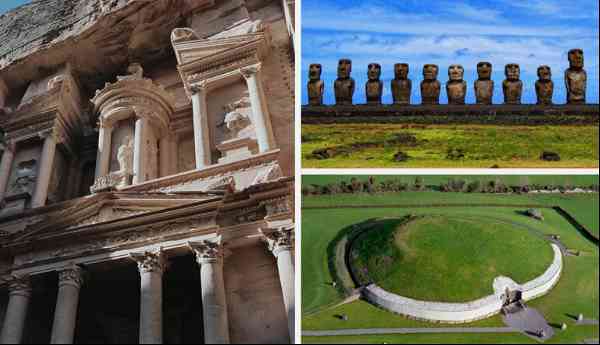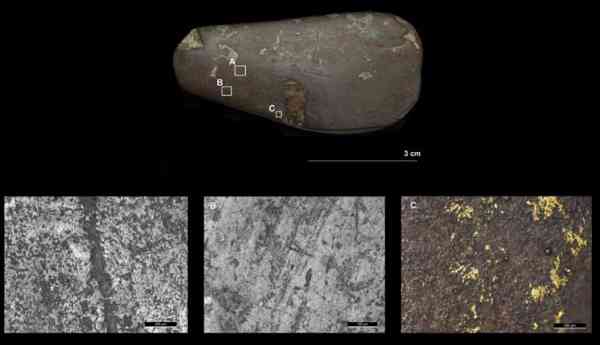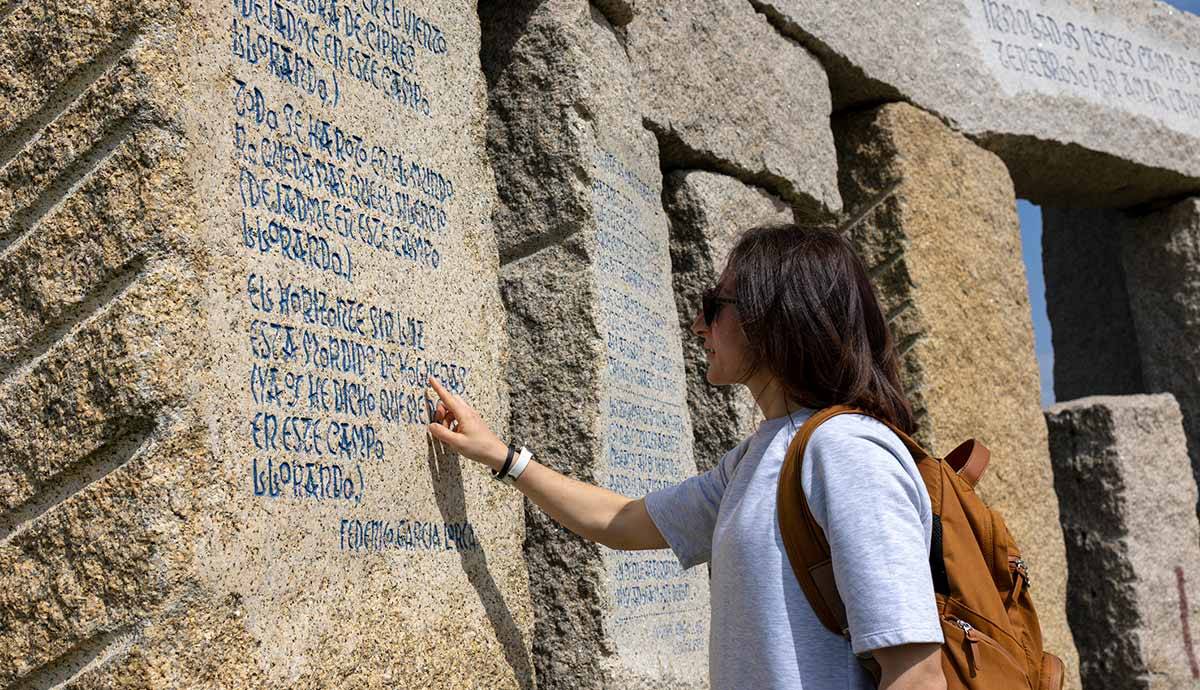
More than 4,500 years old, the monolithic structure of Stonehenge is one of the UK’s oldest surviving artefacts. In fact, it is so old, archaeologists attribute it to the end of the stone age. Today it is a World Heritage Site which is richly laden with mysterious stories about the past, and it attracts over a million tourists every year. Many have speculated about its intended purpose, from an astronomical observatory to a sun sanctuary, a druid temple, giant calendar or even funerary monument – the mystery surrounding its meanings have only added to the structure’s charm and intrigue.
Stonehenge is also a remarkable feat of engineering for the time in which it was made – it is hard to imagine today, but the carefully arranged construction of the site would have involved the efforts of thousands of people with limited, rudimentary tools. We take a look through some of the marvels on offer to tourists who make the visit to Stonehenge, set in the Salisbury Plain in Wiltshire, England.
The Stonehenge Circles
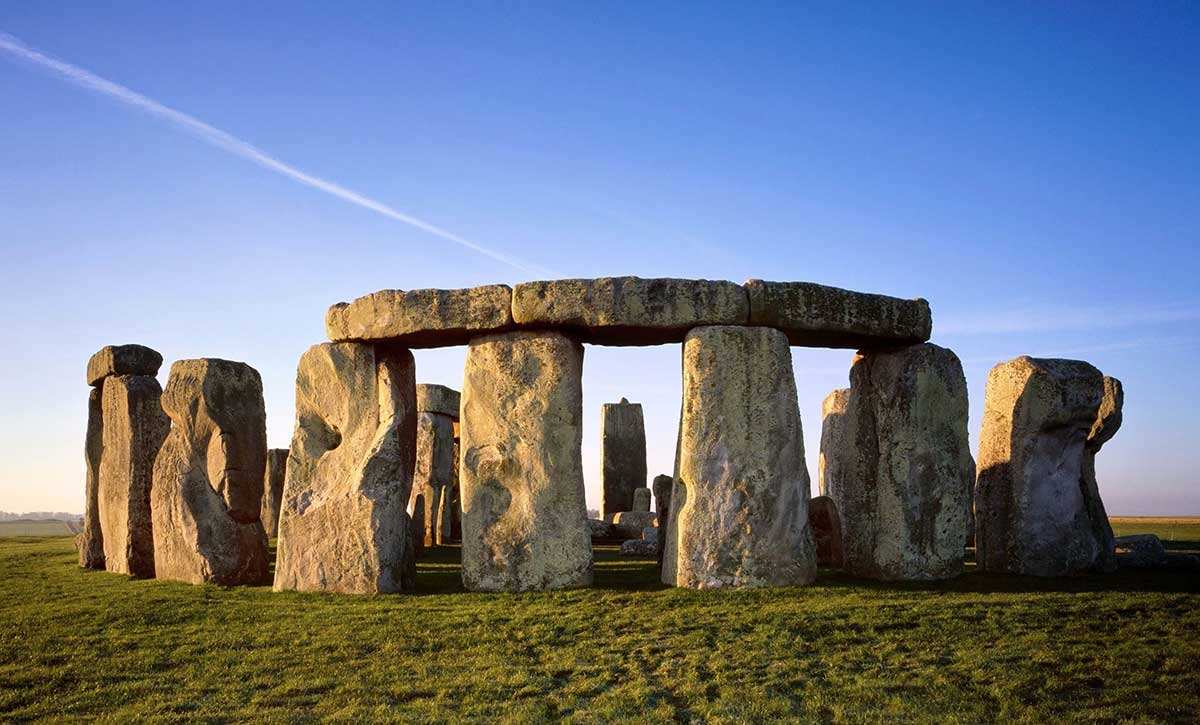
The Stone Circles of Stonehenge are undoubtedly the area’s star attraction, which historians and archaeologists have been studying for centuries. Despite the extensive research, no one really knows what the purpose of these stone circles would have been for ancient English civilizations. The most recent research suggests Stonehenge’s circular arrangement was made to honor the summer and winter solstices, due to its alignment along a north-east/south-west axis.
The stone circles also represent an engineering conundrum; given how old they are, moving the stones into place would have been a monumentally challenging task without access to any form of tools or machinery.
The Heel Stone
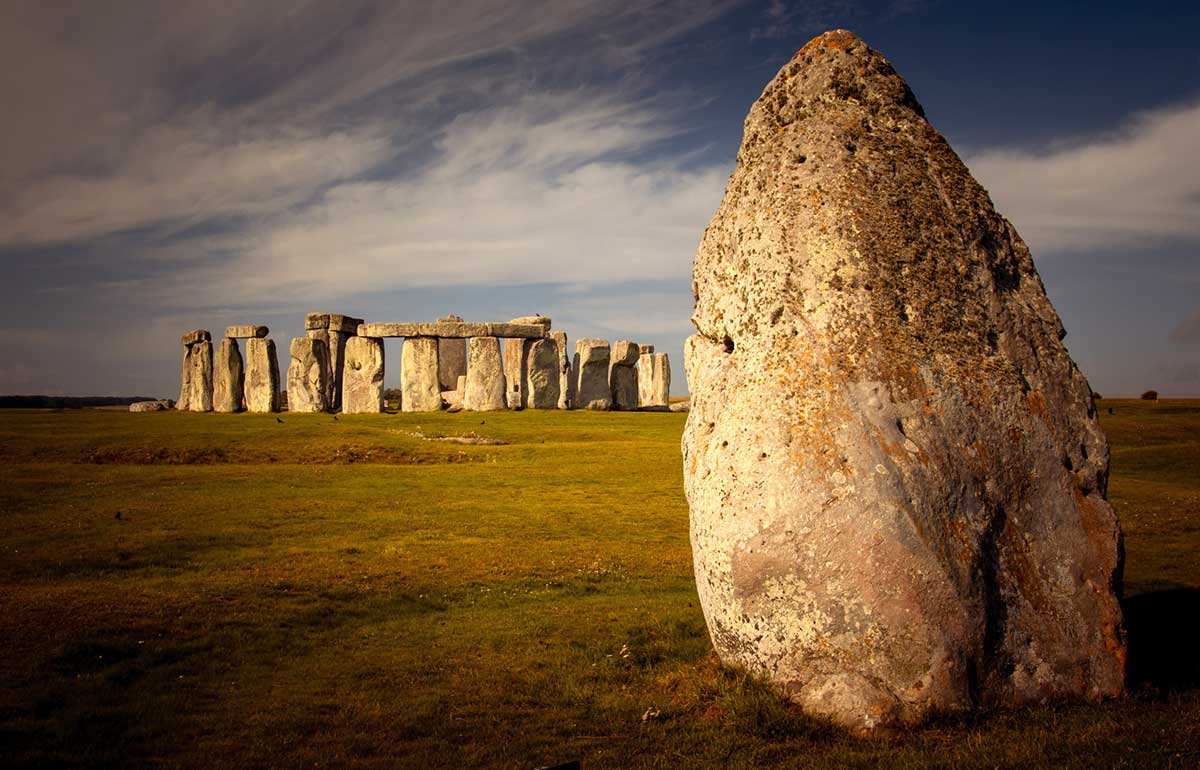
Get the latest articles delivered to your inbox
Sign up to our Free Weekly Newsletter
Standing beyond the Stonehenge circle is the Heel Stone, a huge sarsen stone which is 15 feet high. It is situated around 250 feet away from the stone circle, yet it is positioned to respond to it – the two monuments work in symbiosis with the summer solstice. When looking outwards to the heel stone from the stone circle, it marks the site where the sun sets during the summer solstice. People gather here every year to witness this spectacular event.
Meanwhile, when looking back to the stone circle from the Heel Stone, the Heel Stone casts a long shadow after the sun has set, which reaches all the way into the center of the circle, through the gaps between stones 30 and 1, or the main entrance. Based on recent research, some historians believe this phenomenon held great spiritual significance to this prehistoric society – they argue that the long shadow piercing the circle represents the divine masculine (the standing stone), penetrating the divine feminine (the stone circle), thus representing the fertilization of mother earth by the sky father during the longest day of the year.
The Slaughter Stone
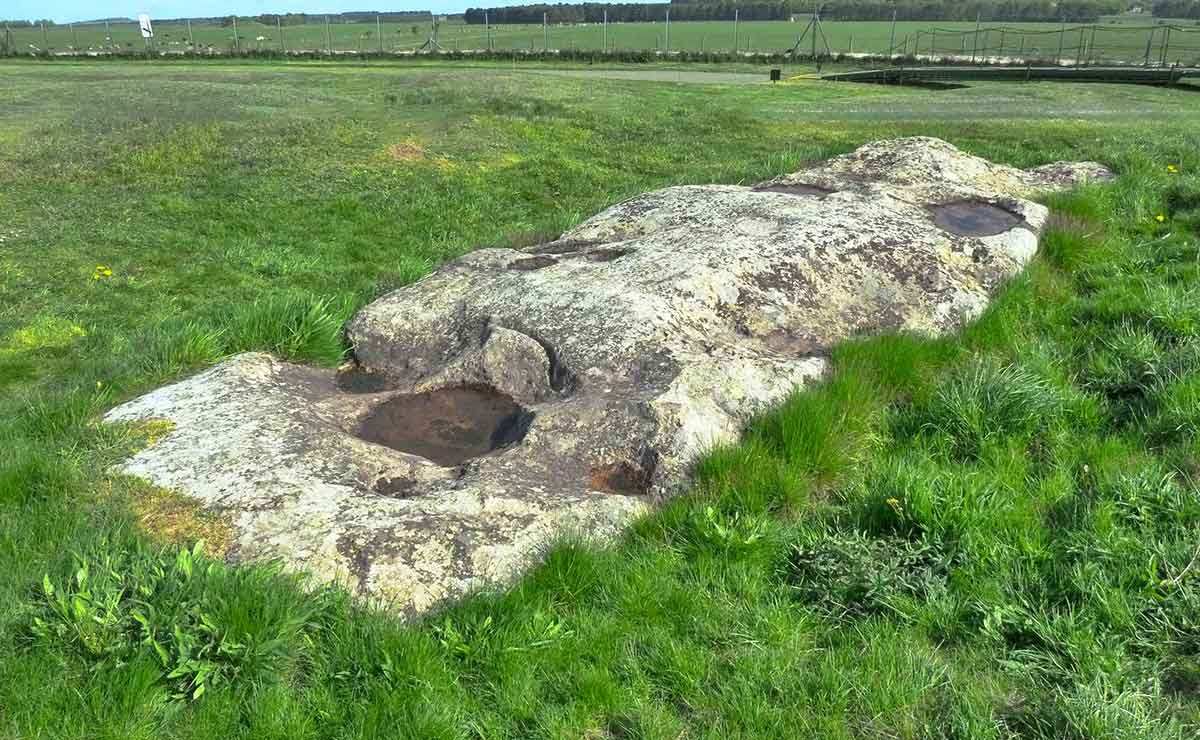
The name behind this particular stone on the Stonehenge site is misleading, owing to a historical misinterpretation. Lying flat on the ground, and covered in red stains and seeping red water, historians during the Victorian era believed it was a site where a series of sacrifices were carried out. Some even argued the red was the blood of past victims seeping out! However, more recent research suggests the Slaughter Stone once stood upright, but fell during some point in its long history. The red stains are believed to be the iron in the stone reacting with algae that grows on its surface when rainwater pools in its surface.
The Avenue

Stonehenge Avenue is an ancient avenue spanning 3 kilometers, connecting the Stonehenge site to the River Avon. It is believed that the avenue would have been constructed more than a century after the stone circle was built as an accessible, ceremonial approach leading directly to the circle, and its prehistoric tracks are still visible, as if permanently etched into the ground.


